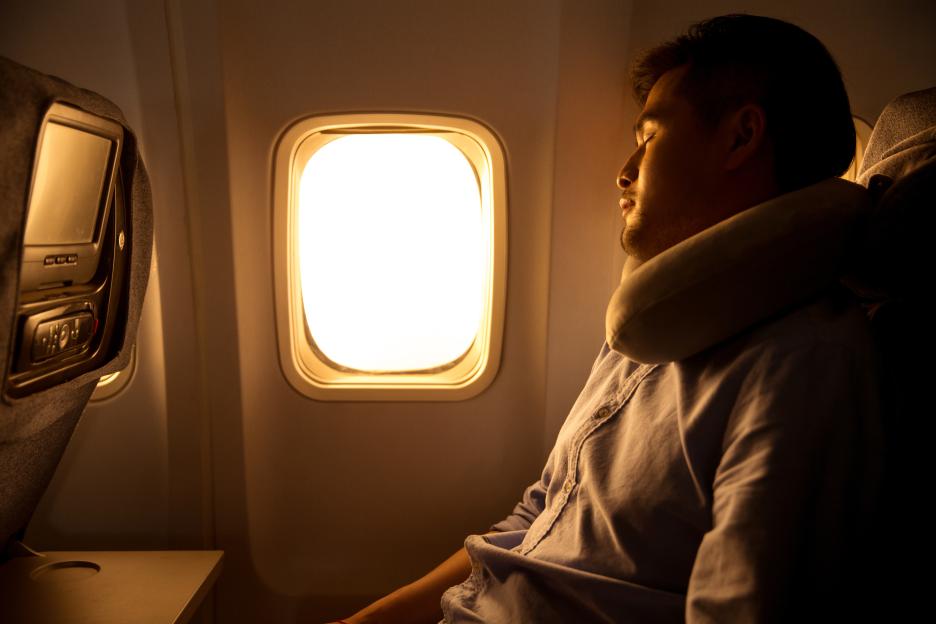FROM October 12, 2025, British travellers could be hit with delays thanks to the introduction of the new EU Entry-Exit System.
The use of will begin this weekend for the very first time, and holidaymakers believe they’ll be facing longer wait times as a result.
 The EU Entry-Exit System for travellers will start on Sunday October 12
The EU Entry-Exit System for travellers will start on Sunday October 12
 Some travellers are worried about delays to their journeys this weekend
Some travellers are worried about delays to their journeys this weekend
When you use EES, the first time you travel you’ll need to register at a special machine called a kiosk where you will scan your passport.
The machine will then take your fingerprints and a photo – children under 12 will not need to give fingerprints.
You will also answer four quick questions on the screen about your trip, such as where you are staying and confirming you have enough money for your .
The EES checks will happen when you arrive at your destination airport in the – but not all of them.
will be registering arrivals from a single, early-morning flight on October 12, 2025.
In , Airport will have EES, but will only a small proportion of will be required to go through the new system.
Meanwhile, , and now the say they are ready to check every arriving and departing traveller from their .
Depending on where British travellers fly into, will depend on whether or not they have an EES check, or continue with a passport stamp.
While EES is ready in certain places now, it’s a gradual process and is being rolled out over the course of 180 days, from October 12, 2025 to April 9, 2026.
Meanwhile, managers at the have insisted there will not be delays on Sunday, as traffic levels will be “manageable”, as reported by the BBC .
A government spokesperson said: “We are supporting ports and carriers to ensure EES registration is simple for anyone travelling to the Schengen area.”
For the first few weeks, only lorry drivers and coach passengers will have to register with EES at Dover.
Other traffic, including the thousands of car passengers who use the crossings, will be subject to the new system from November 1, 2025.
The same goes for those travelling through the Eurotunnel.
At the entrance in , EES registration will take place upon departure, overseen by French border officials.
 Brits will need to have biometric checks instead of having their passports stamped
Brits will need to have biometric checks instead of having their passports stamped
 Only certain passengers travelling on the Eurostar will be checked in through EES
Only certain passengers travelling on the Eurostar will be checked in through EES
And from October 12, only passengers travelling in and premium class will be subject to EES checks – for other passengers, they will begin in January 2026.
Minister for Border Security and Asylum, Alex Norris, said: “We recognise that EES checks will be a significant change for British travellers, which is why we have worked closely with our European partners to ensure the rollout goes as smoothly as possible.
“The UK and EU have a shared objective of securing our borders and these modernisation measures will help us protect our citizens and prevent illegal migration.”
For more on EES and ETIAS, one travel expert revealed .
Meanwhile, Brits face .
More Information on EU Entry-Exit System...
Travellers to , including Brits, will be subject to new entry registrations from Sunday October 12, 2025 under a phased implementation of the EU’s new digital border system.
The Entry Exit System (EES) requires non-EU citizens to register at the EU border by scanning their passport and having their fingerprints and photograph taken.
Travellers do not need to take any action before travelling and the process is free.
Registration will take place upon arrival at the EU border and may take slightly longer than previous border checks.
Checks should only take 1-2 minutes for each person, but may lead to longer wait times at border control upon arrival in the Schengen area.
In places where registration will be completed in the UK prior to departure, there may be longer waits at busy times.
The scheme is being introduced to digitise border crossings across the and collate the information into a central database to more closely monitor the movements of non-EU citizens.
EES will also help to identify any suspected criminals and to limit travellers to 90 days of stays, in any 180 day period.
 EES is being introduced in certain places from October 12, 2025
EES is being introduced in certain places from October 12, 2025






